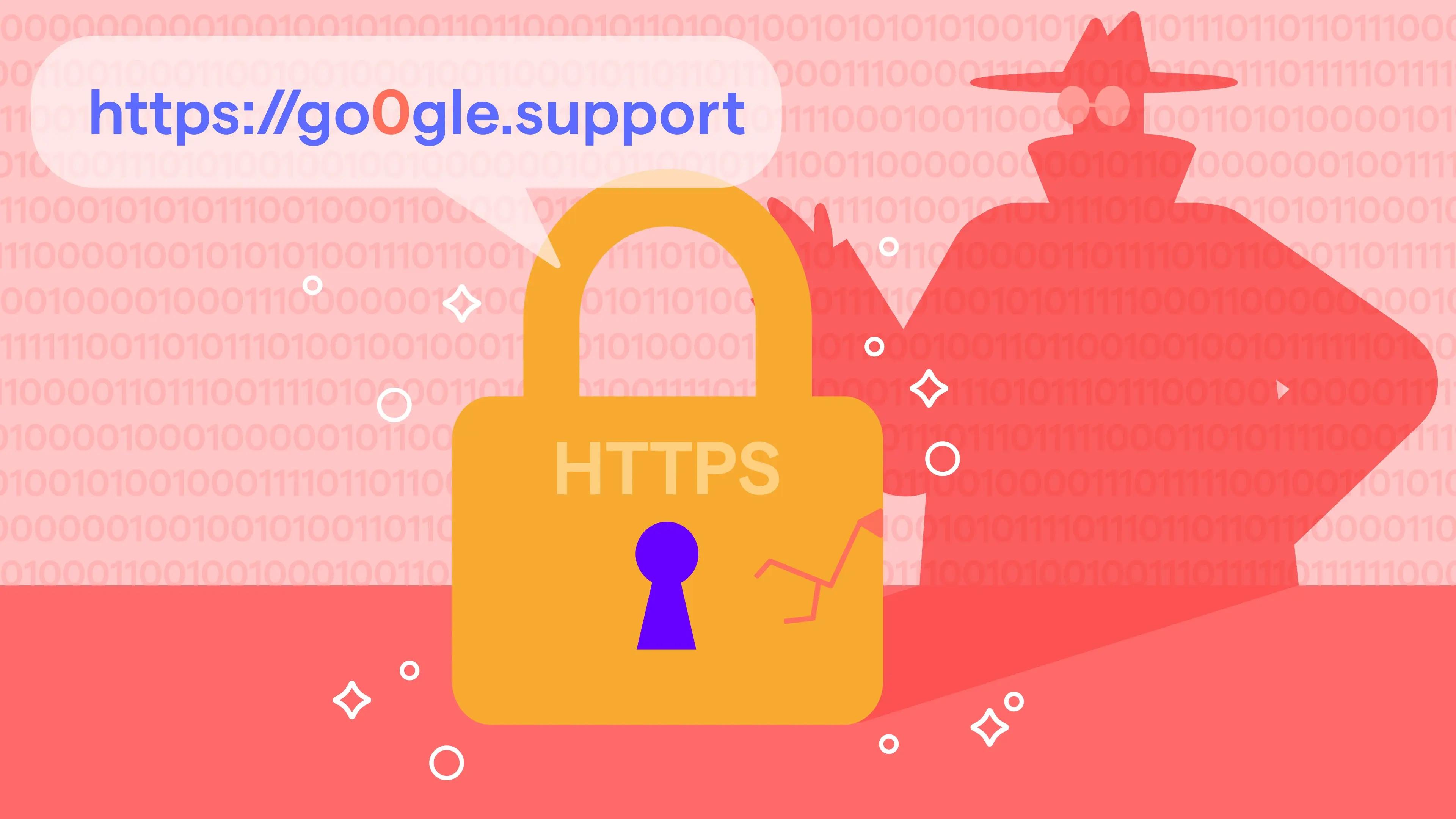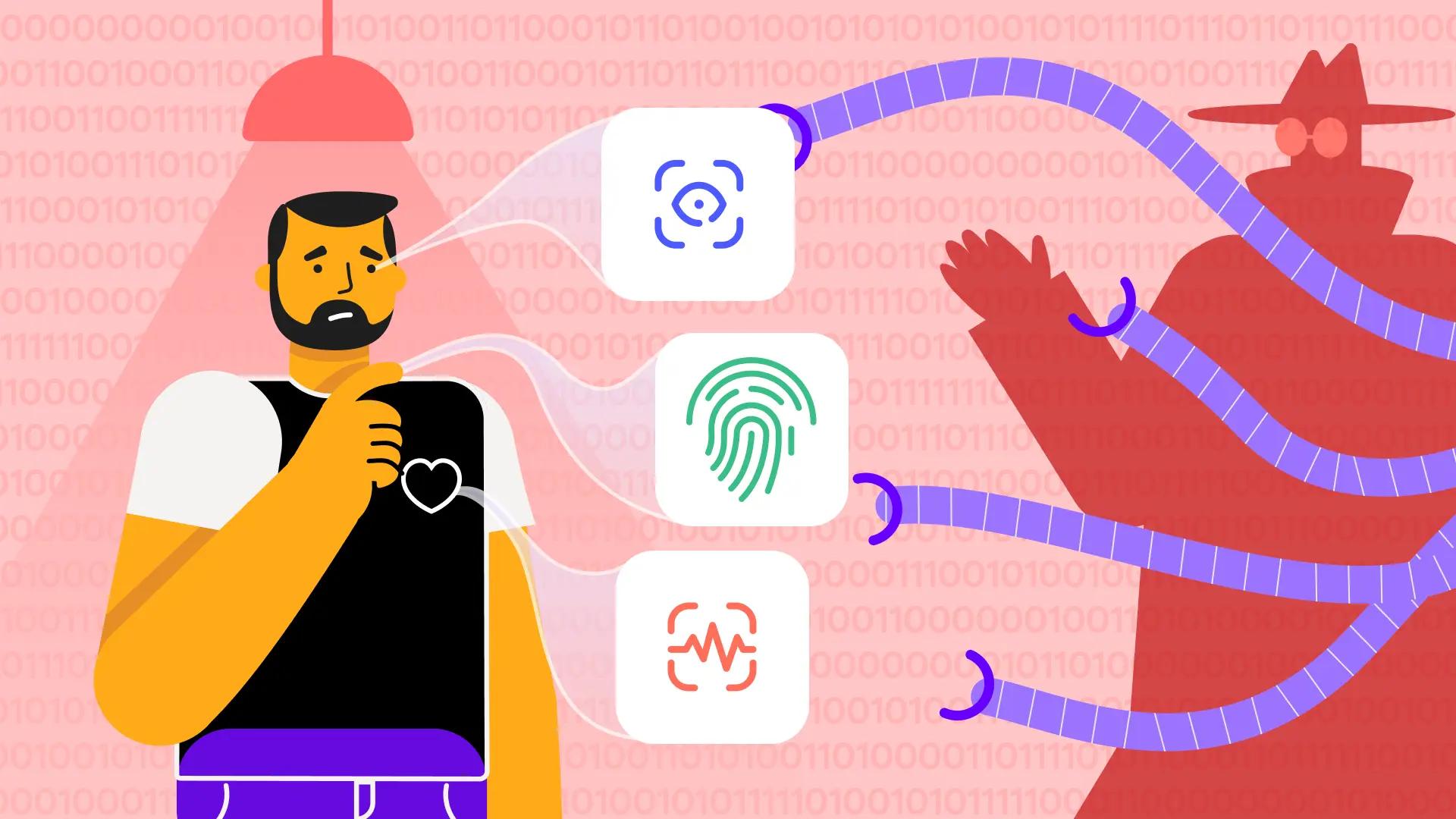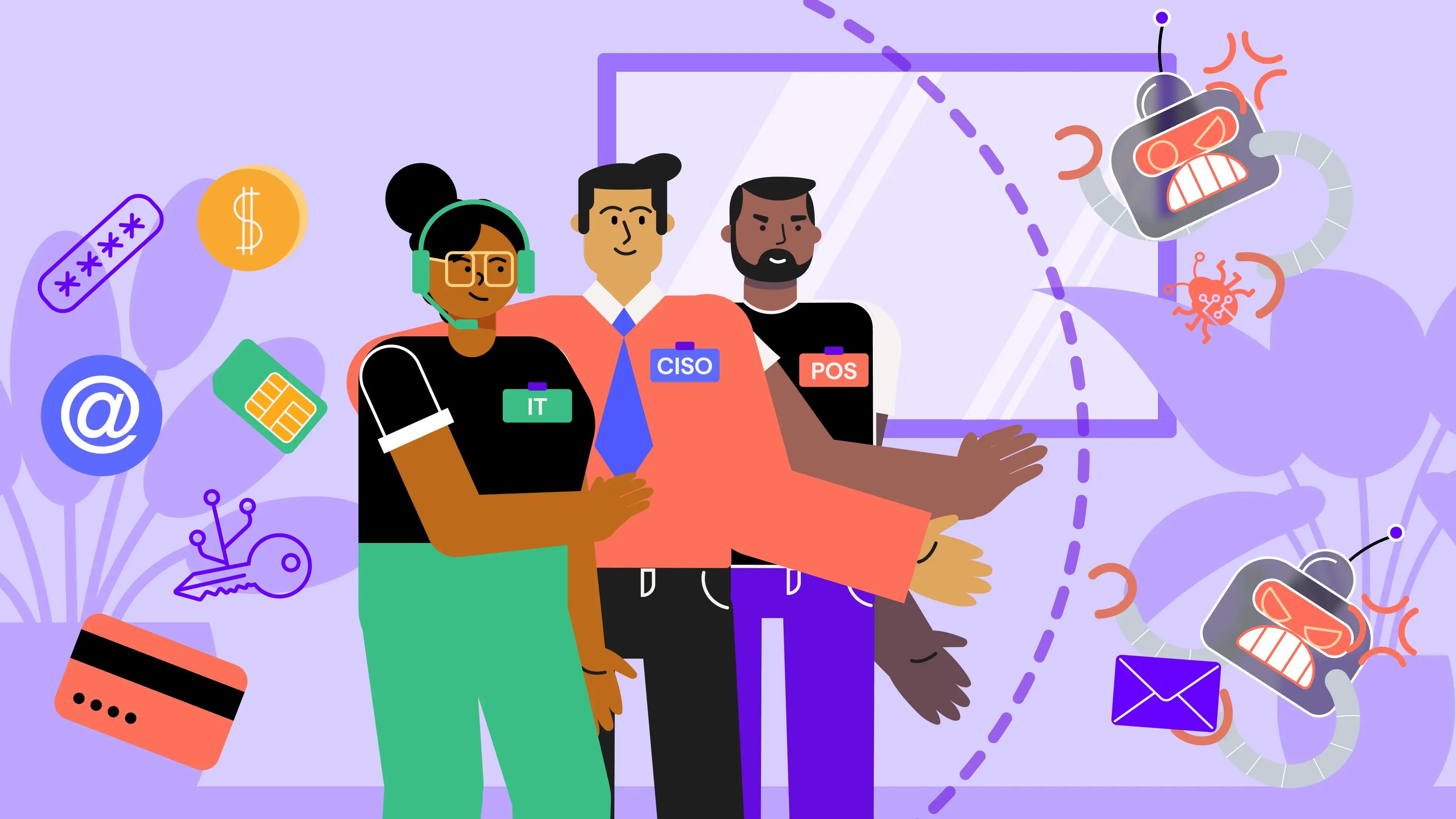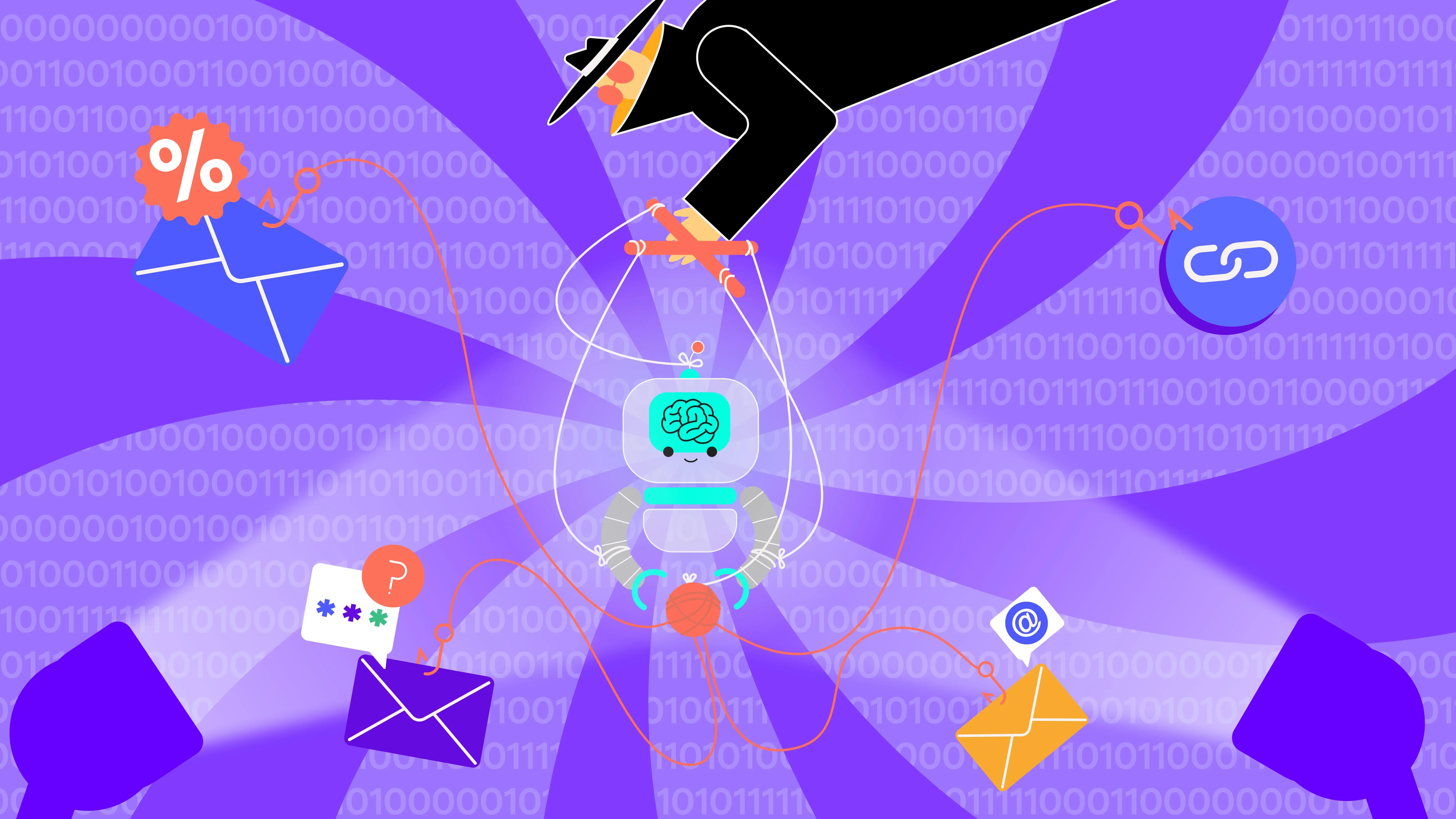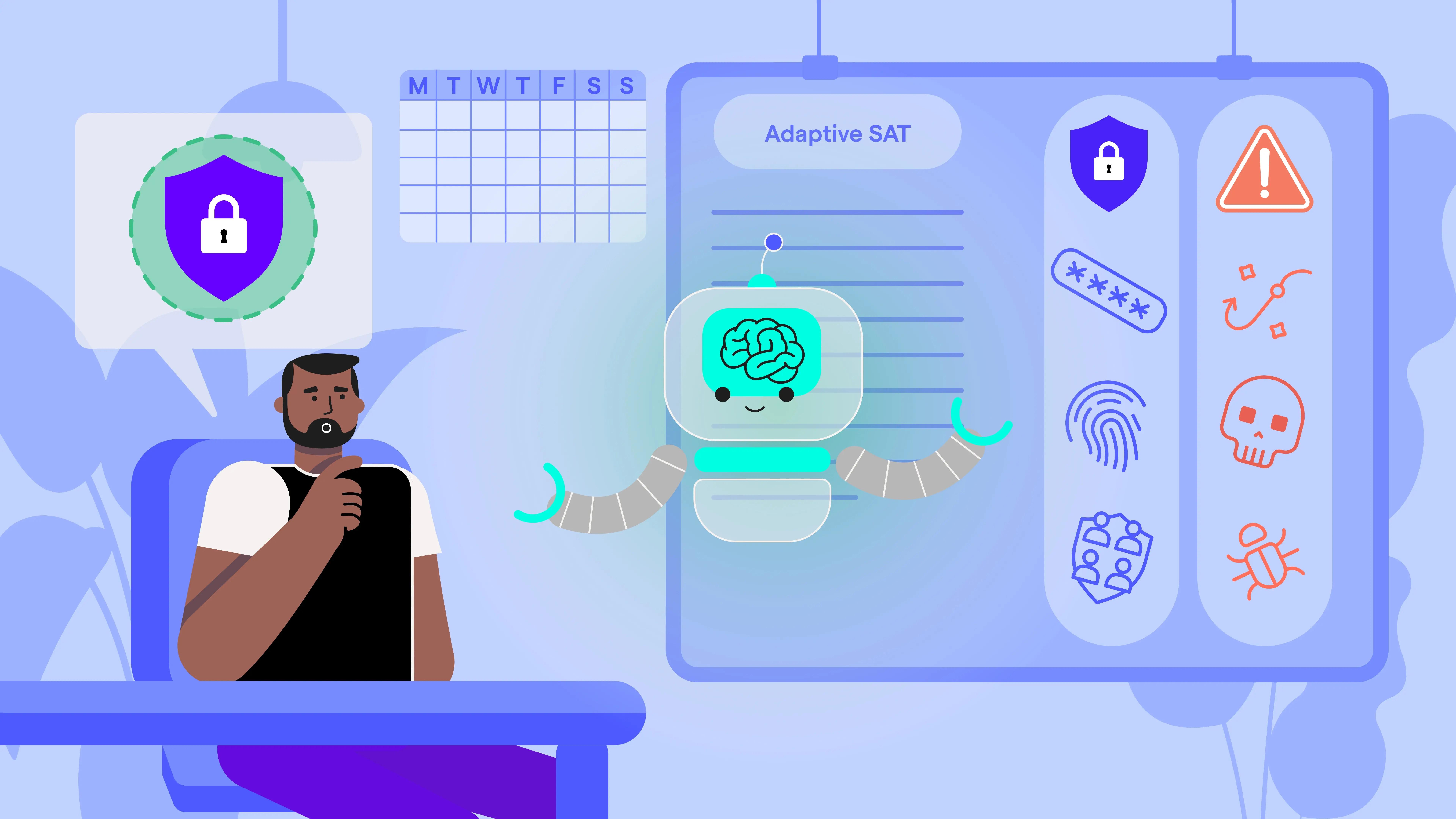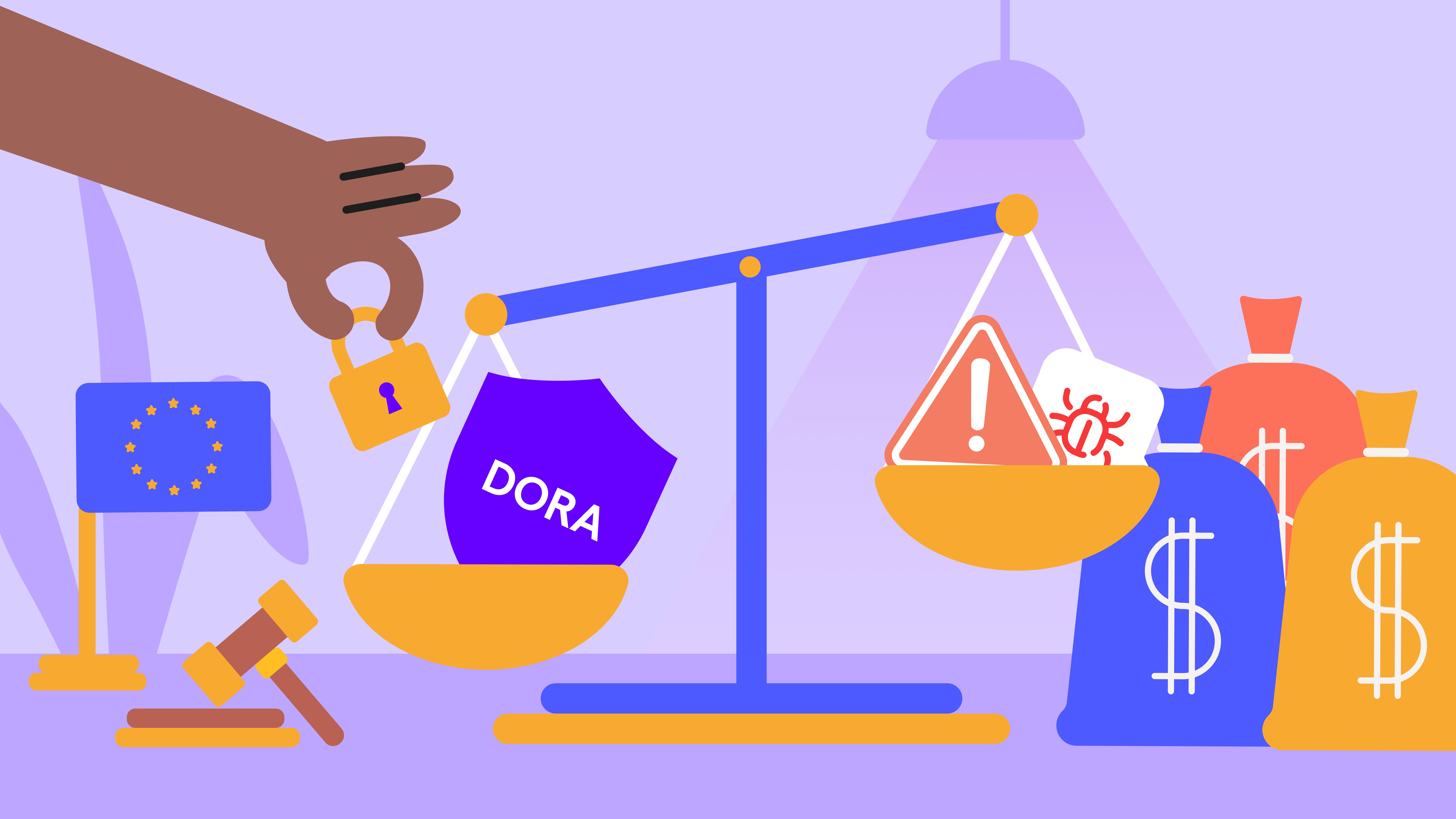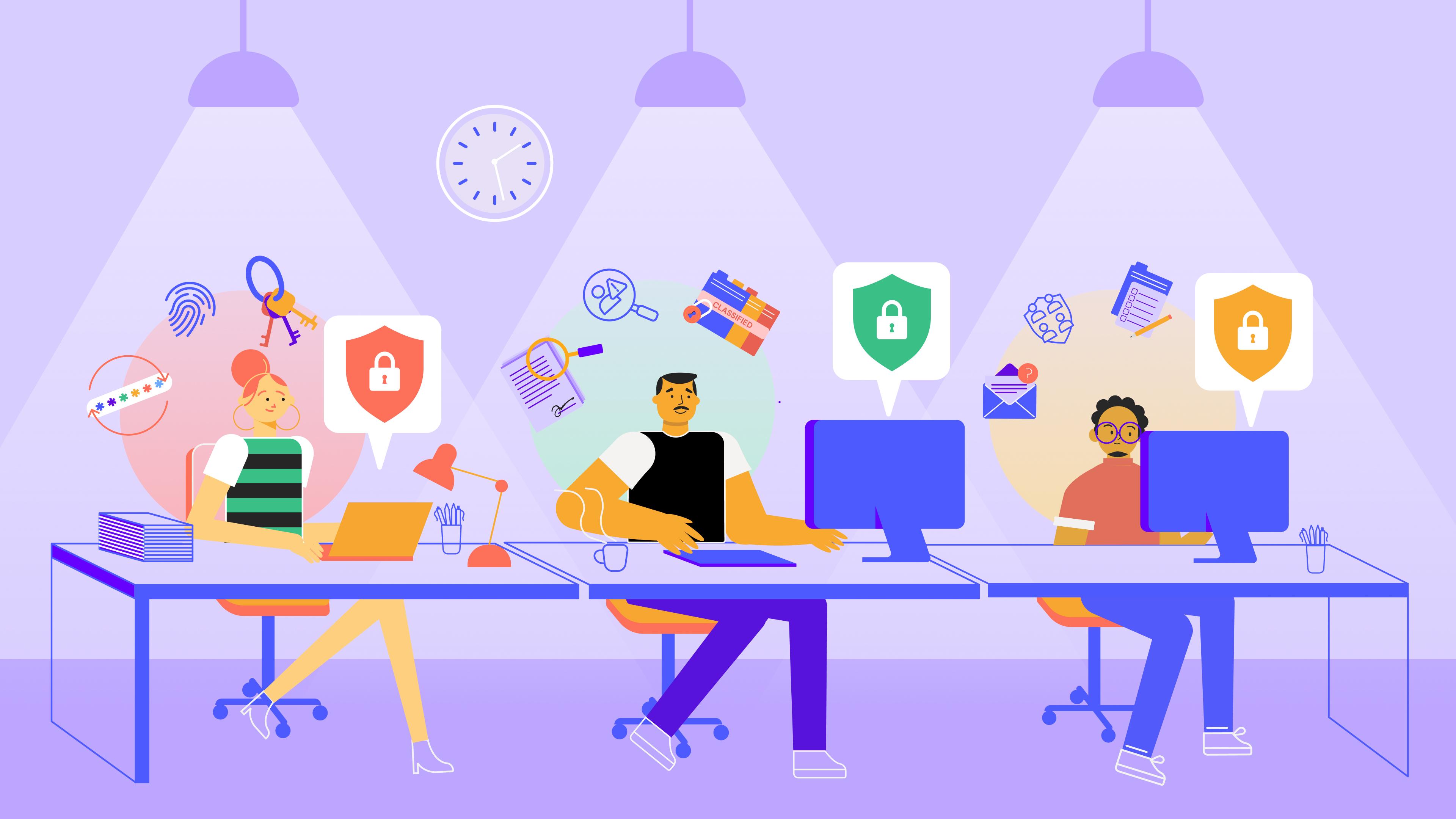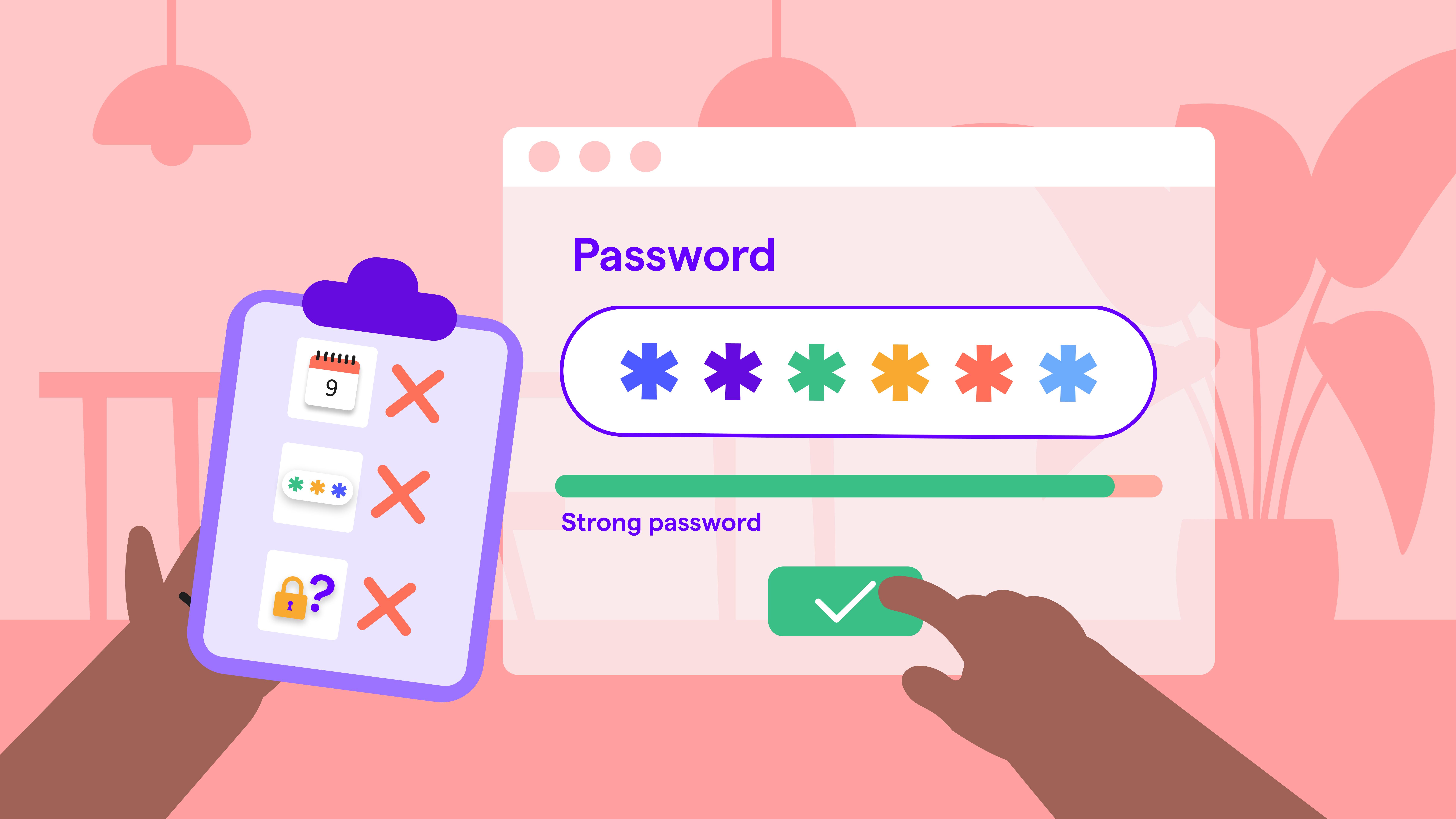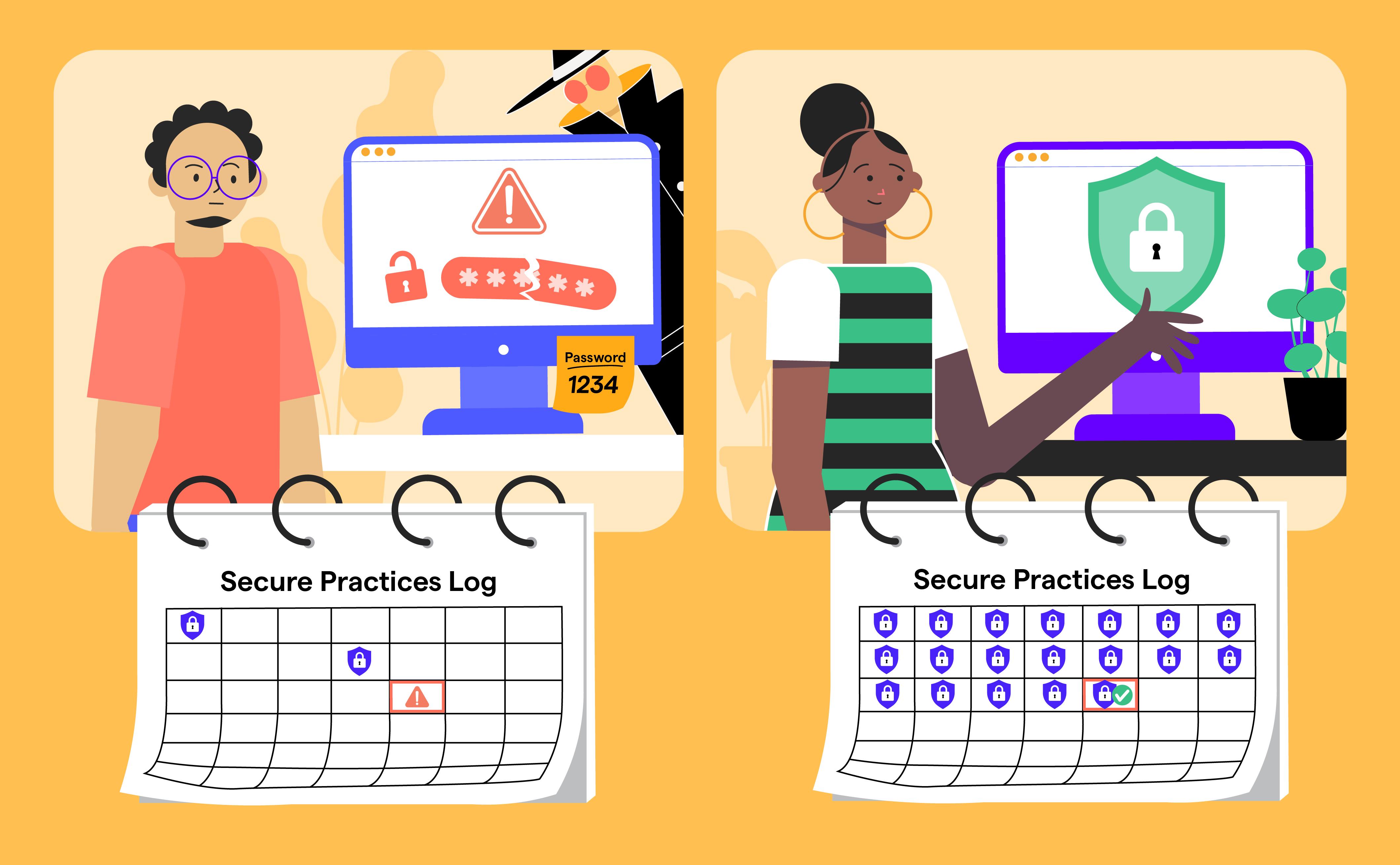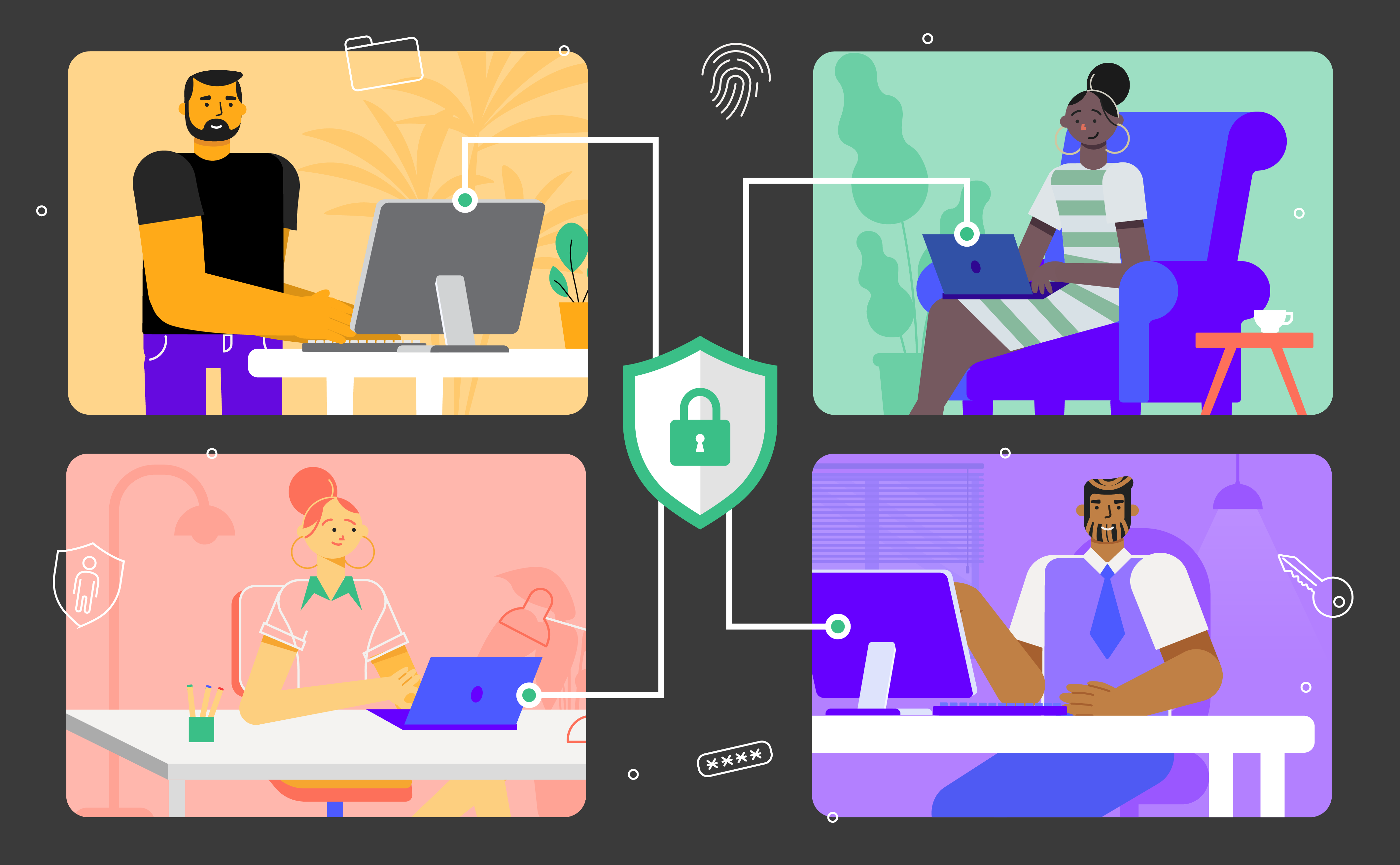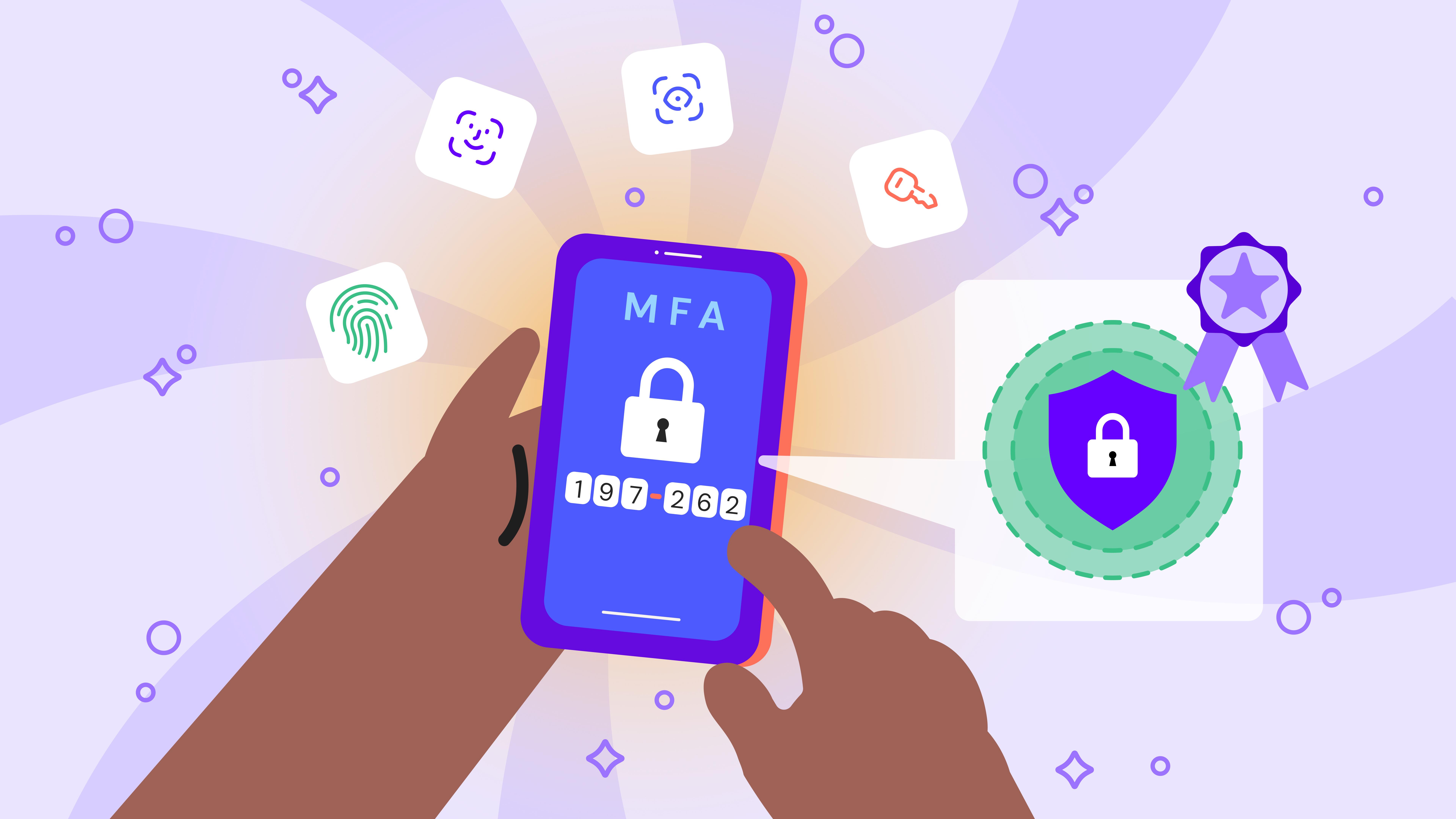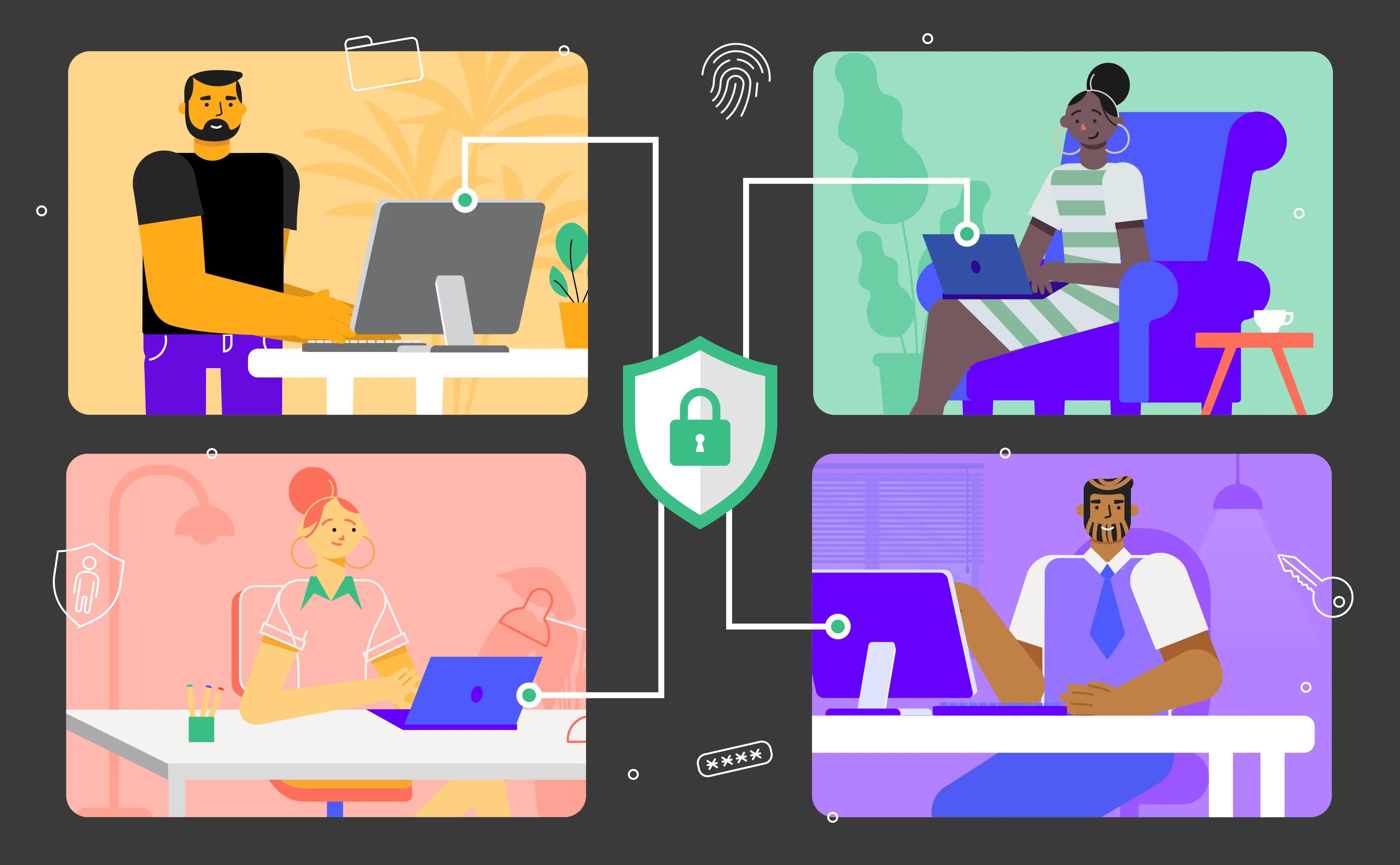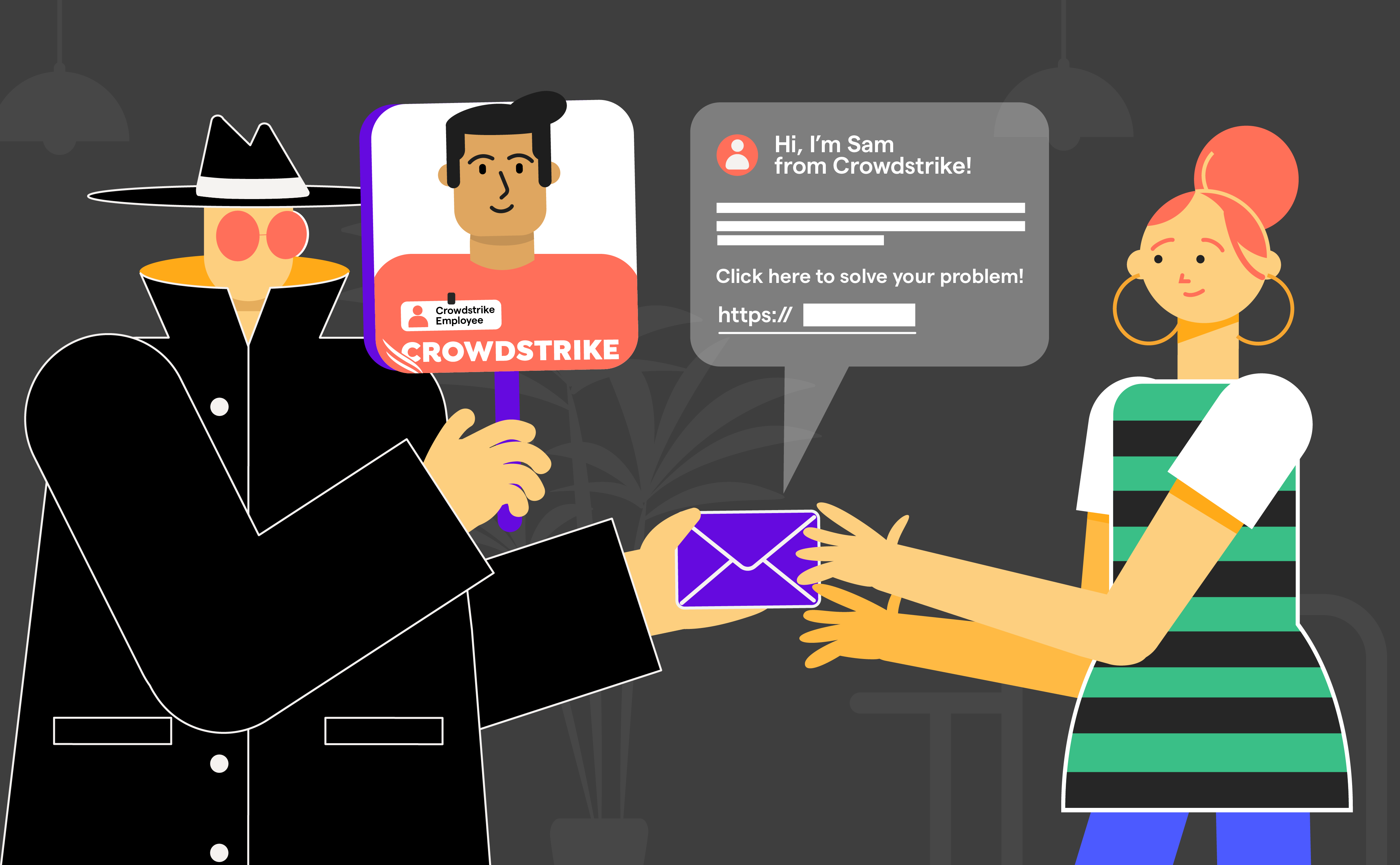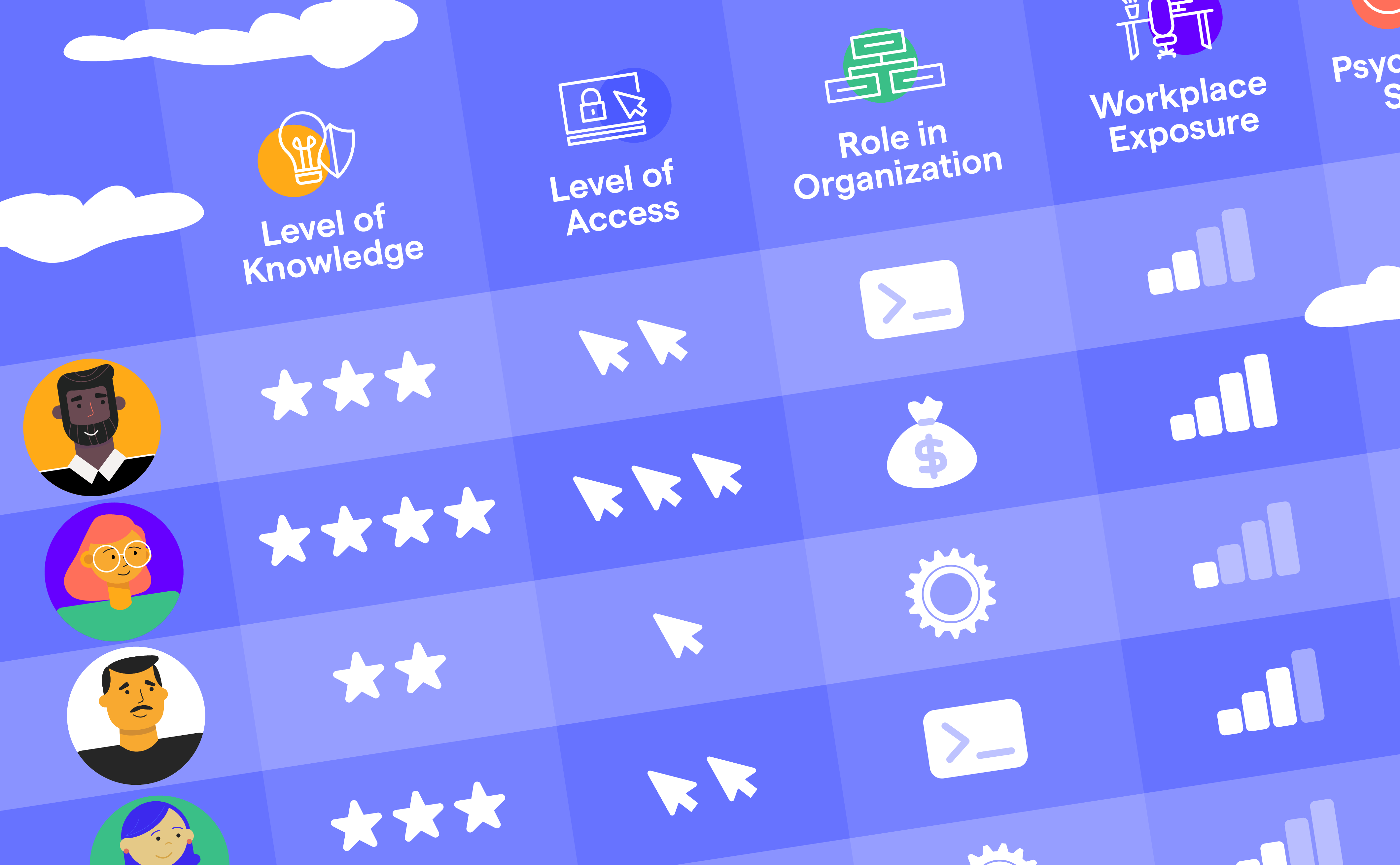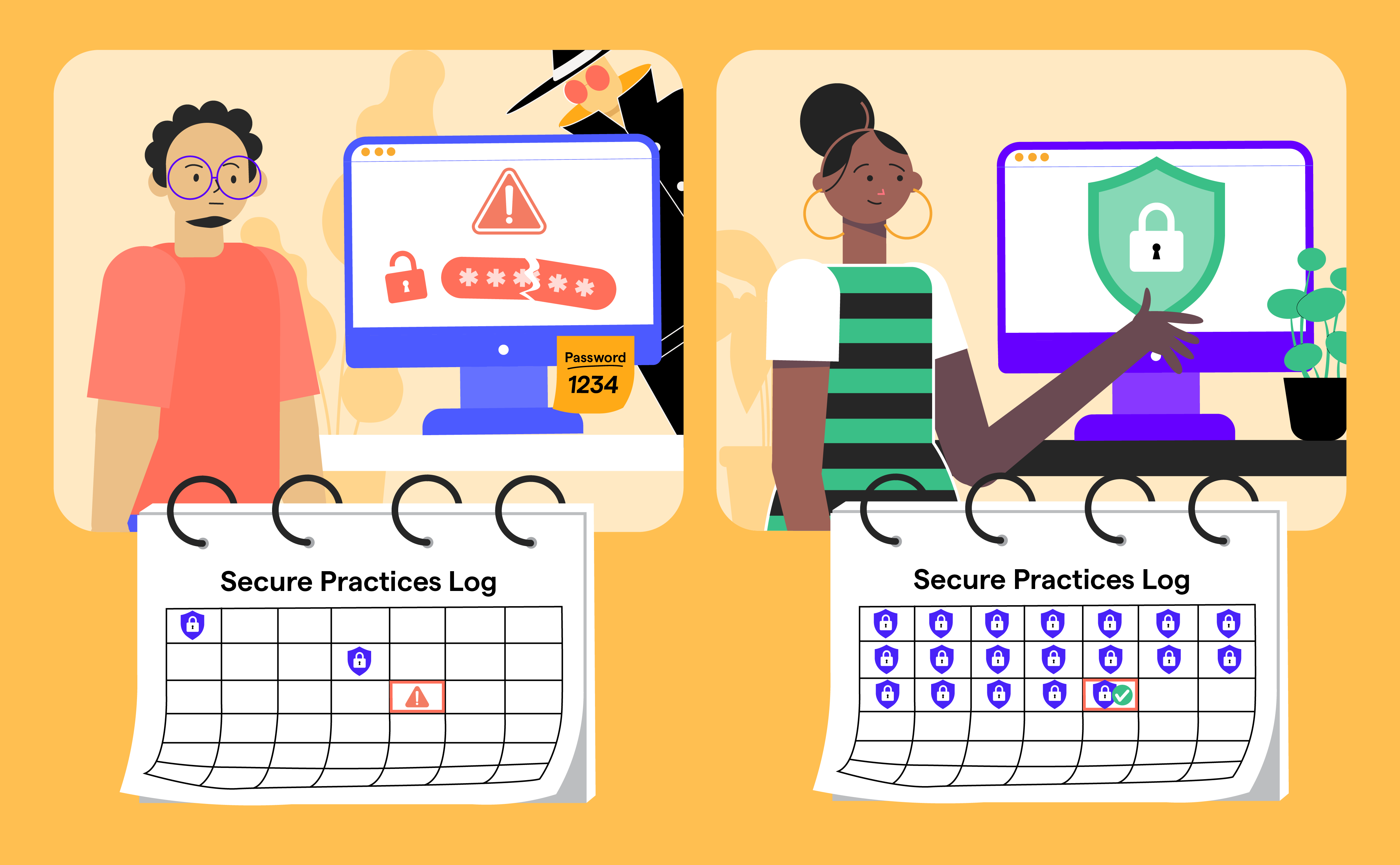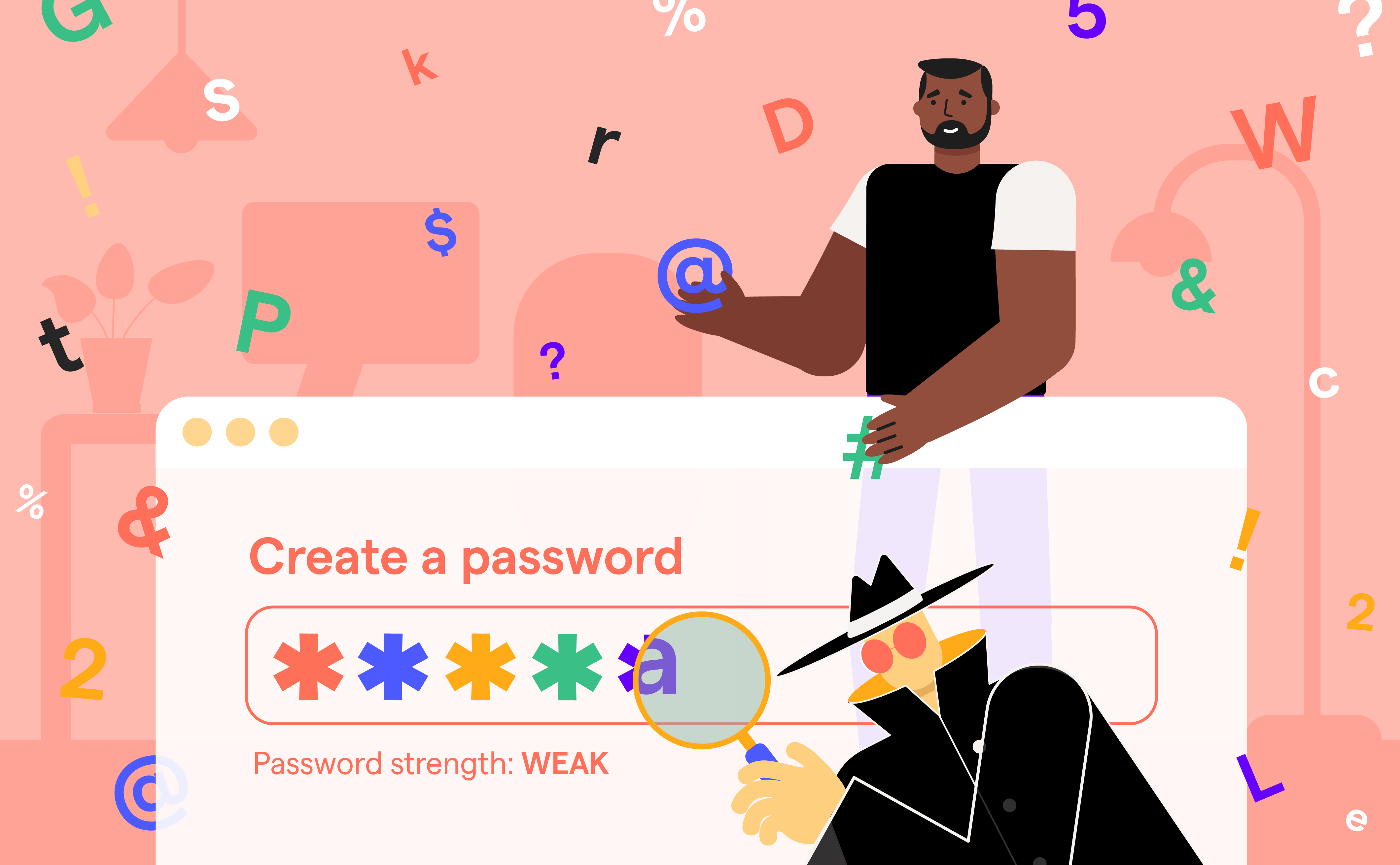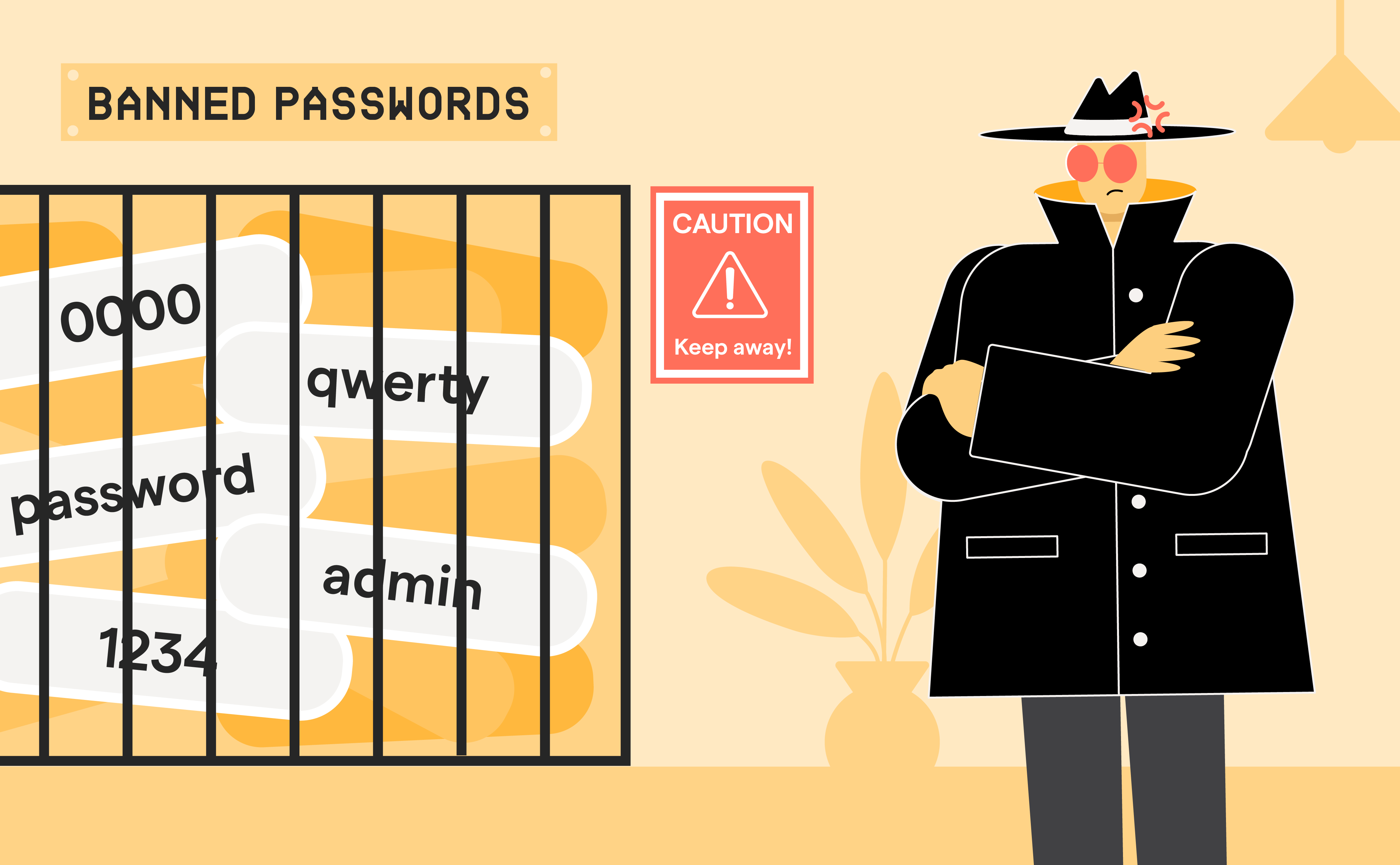
How to Build and Sustain a Successful Security Champions Program
Jul 11

Experience OutThink
Establishing a Security Champions Program (SCP) can be a transformative step towards embedding a resilient cybersecurity culture across an organization. However, many businesses underestimate the ongoing challenges that extend far beyond the initial setup phase. Building an effective program is not just about appointing enthusiastic individuals; it requires a through-life approach that considers sustainability, scalability, and adaptability in an ever-changing business and threat environment.
The Challenge of Initial Set-Up
Getting started is often the most visible challenge. Identifying the right individuals, securing initial buy-in from managers, and establishing the scope and objectives of the program can feel like a mountain to climb. Early momentum can be lost if the program is not aligned with the organization’s goals, lacks clear governance, or fails to provide immediate value to participants and the business.
To address this, the SCP must be clearly positioned as a strategic enabler of business resilience, with its goals tied directly to operational and security objectives. Champions should be selected based not only on their interest but on their influence, trust, and connectivity within their teams. Early training and support must focus on equipping them with practical knowledge and the confidence to engage peers, not on making them mini-security experts.
Sustaining Momentum and Energy
Once the program is in place, the more complex challenge begins: maintaining energy, engagement, and relevance over time. Without regular input, support, and recognition, champions may drift from their role, especially when faced with competing work priorities. Boredom, repetition, and lack of perceived impact can all contribute to fatigue.
Sustaining momentum requires a deliberate strategy of engagement and recognition. This includes varied communication, regular knowledge-sharing forums, visible wins, and leadership endorsement. Celebrating success, such as sharing champion-led improvements or incident prevention stories, can help keep the purpose fresh and reinforce value. Importantly, Security Champions must not operate in isolation. Creating community through structured peer networks, buddy systems, or regional groups can foster a sense of shared purpose and keep ideas flowing.
Evolving with the Business and the Threat Landscape
As the organization changes, so must the SCP. Business models shift, new geographies and units emerge, digital transformation introduces new risks, and hybrid working patterns reshape team dynamics. What worked in year one may no longer be effective in year three.
To adapt effectively, the SCP must be designed with flexibility. Champions should be encouraged to surface emerging risks and business changes from their areas, serving as a feedback loop into the central security team. Regular reviews of the SCP should ensure that its training, materials, and focus areas remain aligned with the evolving business landscape. This might include expanding champion responsibilities into new risk areas such as data privacy, fraud awareness, or secure use of generative AI tools.
The external threat landscape is also accelerating, driven by increased digitalization, third-party dependencies, and sophisticated social engineering attacks. Champions can act as the eyes and ears of the security function, enabling rapid identification of localized vulnerabilities or behavioral concerns. To do this effectively, they must be given up-to-date insights, tailored briefings, and simple materials they can share with their peers.
Addressing Time, Resource Constraints, and the Need for Strong Leadership
One of the most common barriers to SCP effectiveness is time. Champions typically hold roles with core business responsibilities, and their capacity to engage in security activities is limited. Without clear support from line managers or executive sponsors, security can quickly fall off their radar.
Gaining board-level support is crucial to protect champion time and signal that security is a priority across the business. This support must be more than lip service; it should translate into performance metrics, recognition schemes, and formalized commitments within job plans. Business leaders should understand that time invested in the SCP is time invested in protecting the organization.
At the same time, the SCP must be delivered as leanly as possible. However, it is critical not to underestimate the importance of strong, experienced leadership at the helm of the program. A dedicated SCP lead is essential for ensuring the network receives the time, support, and strategic alignment it needs to succeed. The lead must be able to engage proactively with the network, develop impactful materials, run workshops, provide reinforcing feedback, measure progress, report outcomes, and adapt the strategy to meet evolving needs. These tasks require significant time and expertise, far beyond what can be achieved in spare hours alongside another full-time role.
As the SCP matures, the need for additional support becomes more apparent. Some of this can be drawn from within the SCN itself, particularly champions with capacity and appetite to contribute to design or delivery. However, other support functions – such as communications, graphic design, and content creation – may lie outside the security team. It may also become necessary to appoint dedicated team members responsible for content development, training delivery, meeting facilitation, and administrative functions like onboarding, scheduling, and data reporting.
The goal should be to maximize the SCP lead’s time on value-adding work, not administration. Investing in support roles and services helps sustain program momentum and ensures that the SCP continues to evolve and deliver against business needs. This means creating resources that are easy to use, scalable, and low-maintenance. Examples include monthly pre-prepared slide decks, plug-and-play campaign kits, and quick 5-minute conversation guides. Central coordination should focus on enabling and curating rather than controlling. Champions should have the autonomy to deliver messages in a way that fits their team’s culture and workflows, supported by tools rather than mandates.
Creating Long-Term Impact
For a SCP to endure, it must become part of the organizational fabric. This means embedding champion activities into existing rhythms of the business– team meetings, onboarding processes, and staff training days so they become normalized rather than additional.
It also means nurturing a pipeline of future champions and having mechanisms to onboard, off-board, and rotate members efficiently. Exit interviews with former champions can provide insights into what worked and what didn’t, feeding into continuous improvement.
Finally, impact must be measured. Not purely by counting champions, but by understanding how the program is influencing behavior, supporting incident response, and improving overall resilience. Qualitative feedback, behavioral indicators, and metrics tied to broader human risk goals can provide a compelling case to keep investing.
Conclusion
An effective Security Champions Program is not a one-time initiative; it is a living, adaptive part of a mature security culture. Success lies in designing for the long haul – keeping it lean, flexible, and grounded in business value. With the right support, structure, and strategic vision, an SCP can transform an organization’s security culture from the inside out, helping every employee play their part in keeping the organization secure.




